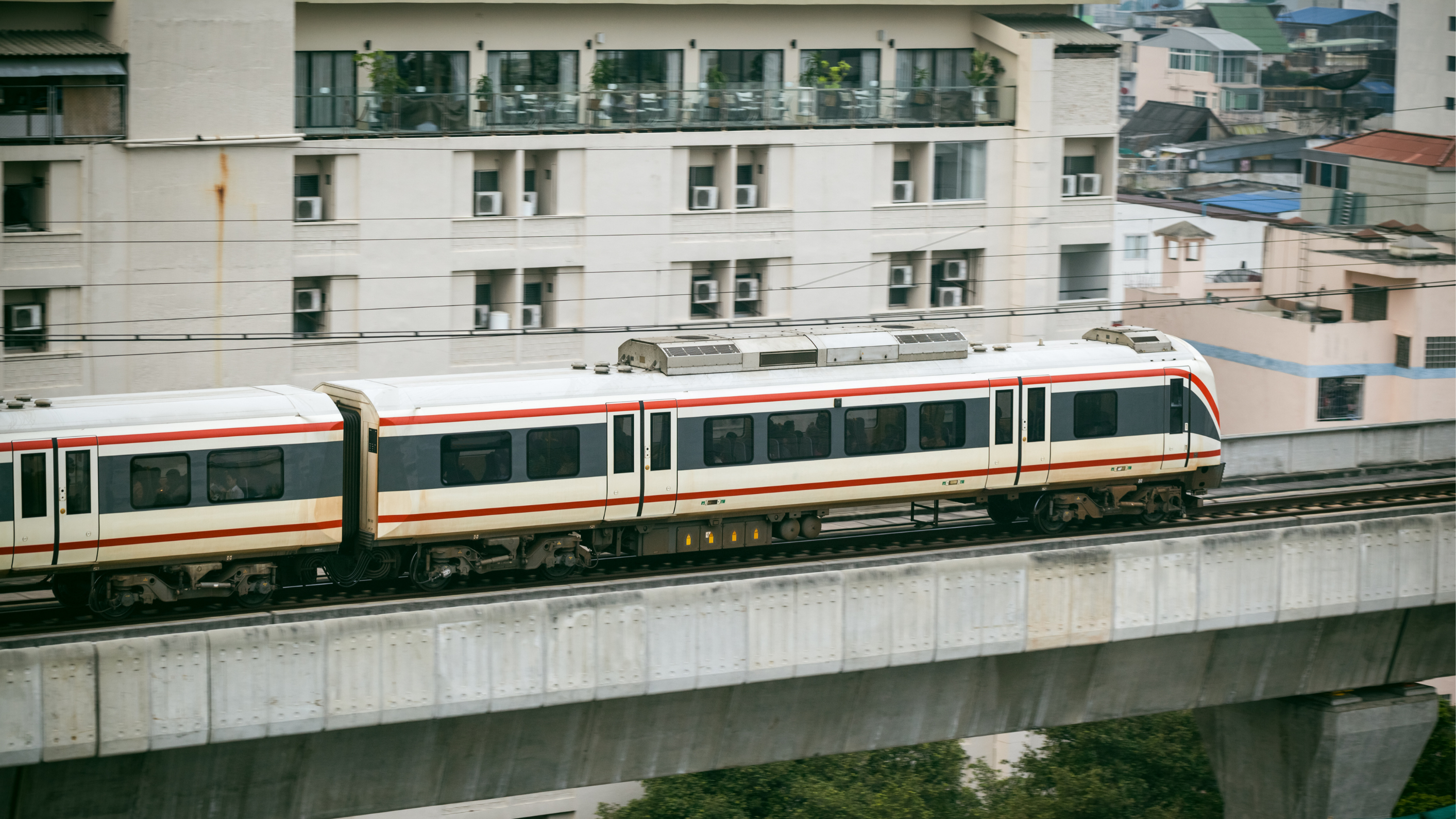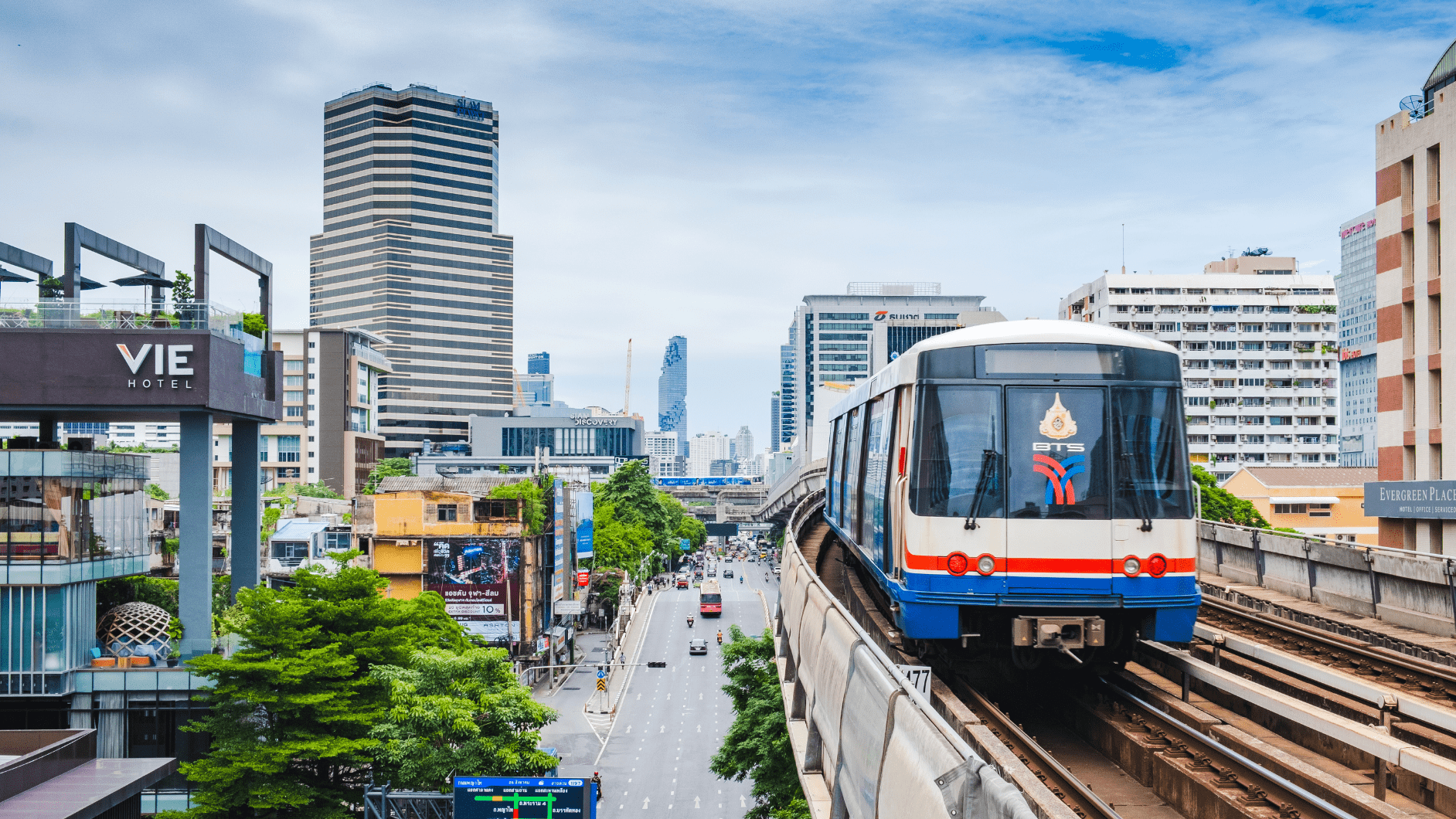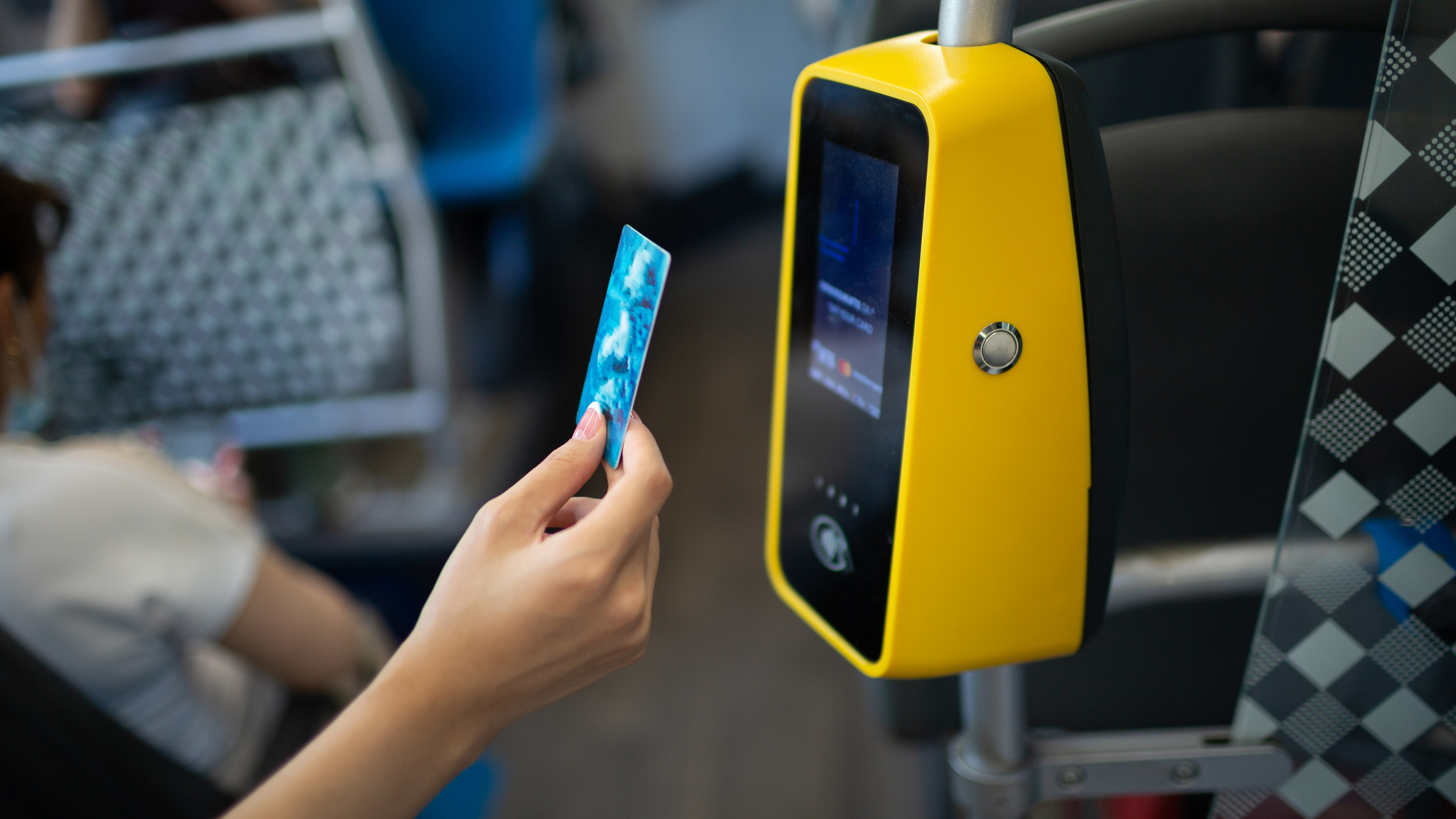How contactless payments can make Mobility as a Service a reality
by Andreea

Mobility as a Service (MaaS), with it’s integrated mobility payment solutions, has emerged as a catch-all phrase for a joined-up approach to journey planning, contactless payments and passenger information. The service has the power to eliminate friction in public transport networks and positions itself as a wonder drug for public transport’s most persistent ailments. However, its ingredients have not been clearly defined yet.
As consumer technology evolves, it’s reshaping connectivity and convenience, especially in the realms of mobility payments in public transport. Passengers are looking for a seamless experience in public transport, therefore they want transit networks that are simple to use, with easily accessible services and fare systems. They want to be able to travel anywhere without studying which operators or tickets offer the best value.
To achieve this one thing is certain, a unified, multimodal ticketing system is essential to bring about MaaS ideals of network efficiency. That’s exactly what contactless EMV can provide.
The promise of MaaS
The idea of Mobility as a Service is to unite a region’s various modes of public transport within a single, central app.
From trains, trams and buses, to taxis, ride-sharing and micro-mobility like rental bikes and scooters, a MaaS platform includes everything. Riders are able to effortlessly plan their travel across the region without needing multiple apps, combining different modes of transport.
As well as coordinating journeys, MaaS platforms can also offer ticketing and real-time travel information for all services. By removing the friction from accessing public transport, they promise to boost the ridership habits of people using the networks. In addition, this can bring in new regular travellers, previously turned off by complexity.
MaaS’s pitch to agencies and operators is based around its ability to collect data. A MaaS app can pool data from multiple modes of transport. Each agency has access to insights from their own services and other’s. Therefore, they can use that to make travel more efficient for passengers.
MaaS without contactless isn’t true convenience
Although Mobility as a Service can sound like a future-facing solution, it’s not without some significant limitations. For the platform to work as intended and provide truly seamless travel planning, passengers’ preferred mobility payment methods need to be integrated as part of the system.
This kind of integration traditionally comes with a steep technology burden and infrastructure investment. Without it however, the best MaaS can do is act as a hub that redirects passengers to pay for their travel on third-party apps and sites.
Some MaaS solutions enable passengers to pay for travel using their app or platform. A QR code is generated, which must be displayed and scanned to access transport. This is more convenient than queuing to buy a paper ticket. However, it still requires passengers have to use the app and have the QR code available at a barrier or when boarding.
Contactless payments behaviour
Contactless payments adoption is sky-rocketing in many parts of the world. Therefore, working with the preferred payment technology of riders seems a more effective strategy. With contactless EMV mobility payments, passengers can tap their way onto transport using the bank card or digital wallet they use day in, day out. Transit isn’t asking them to change their behaviour – instead, the industry is adapting to payment behaviour that’s already taken root.
Essentially, contactless open loop ticketing is the way to take the benefits of Mobility as a Service and sand down some of the rough edges.
When a passenger registers their card and buy tickets within the MaaS app, contactless removes the need for any code to be generated. The associated EMV card functions as their ticket for each stage of their journey, whichever mode of transport they choose. The card is the same one they use for everyday purchases. Therefore, they’ll always have their ticket to hand when they need it.
Interoperability is the true destination of MaaS
Interoperability is arguably the most important aspect of MaaS. Through multi-operator open loop payment schemes, it’s already possible – and it doesn’t necessarily need an accompanying MaaS scheme or app.
Multi-operator tap on, tap off systems bring a group of transit operators and agencies into the same open loop platform so that passengers can switch between various operator routes in a region without paying for multiple tickets. Passengers simply keep tapping their bank card as they board and exit services. They’re charged a shared fare cap agreed between the operators or agencies involved.
At Littlepay, our implementation of contactless mobility payments achieved success with three different bus agencies in Leicester, England: First Bus, Arriva and Centrebus. The multi-operator scheme was the first of its kind in the UK. The benefits are already clear:
“The success of this project is without doubt underpinned by collaborating with other operators and trusted suppliers who share the same vision, to continue improving the UK’s bus industry through innovation.”
Dave Lynch, CIO of parent company FirstGroup
“Since going live with multi-operator Tap on, Tap off in March we’ve seen encouraging signs of growth, supporting our belief that simpler fares offering value for money at a price point that’s financially sustainable is key to making bus travel easy to understand and even more attractive to existing customers and new users.”
Andrew Godley, Commercial Director at Arriva
Using contactless payment tech to reimagine public transport
With contactless EMV ticketing, the payment experience is invisible. In this environment, boarding transport becomes as easy as tapping to buy a coffee. It can also unlock data that incentivises riders to choose public transport.
Recently, Littlepay partnered with mobility platforms Passenger and Urban Things to offer public transport users greater insights into their contactless journeys. Data from contactless payments, accessed via self-service contactless portals, gives complete transparency about taps, trips, caps, and payments. This boosts passenger confidence and reduces the burden on customer service support channels.
With collaborations like this, the industry has already brought the MaaS vision into focus. The challenge with public transport is convincing people to leave their car at home and choose the train, or bus. It will take inventive solutions like these to incentivise behavioural change.
The fully fledged, all encompassing MaaS platform that has preoccupied the industry for years may not be as crucial as we once thought.
To learn more about the future of contactless payments for public transport, read our eighth blog in the series discussing why contactless payments are at the heart of reinventing America’s public transport.
Trending Topics

Nevada County Connects leverages Cal-ITP’s Mobility Marketplace to elevate the payment experience across its bus network

The Monroe County Transportation Authority modernises its fare collection infrastructure using Cal-ITP’s Mobility Marketplace

 Insight
Insight
 Knowledge
Knowledge
 News
News



